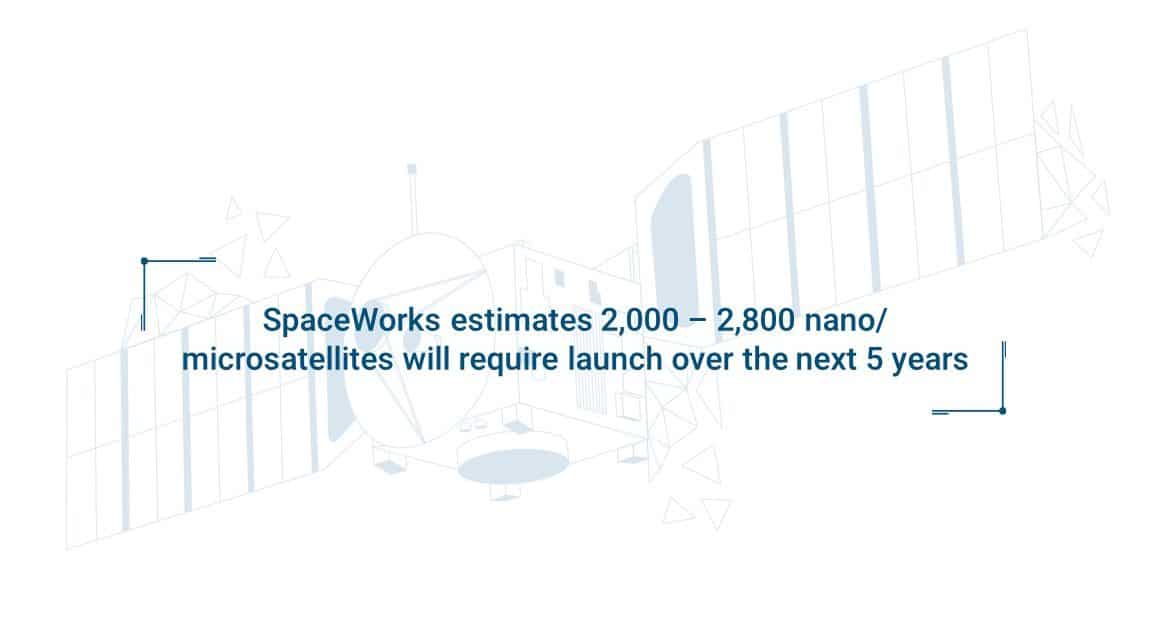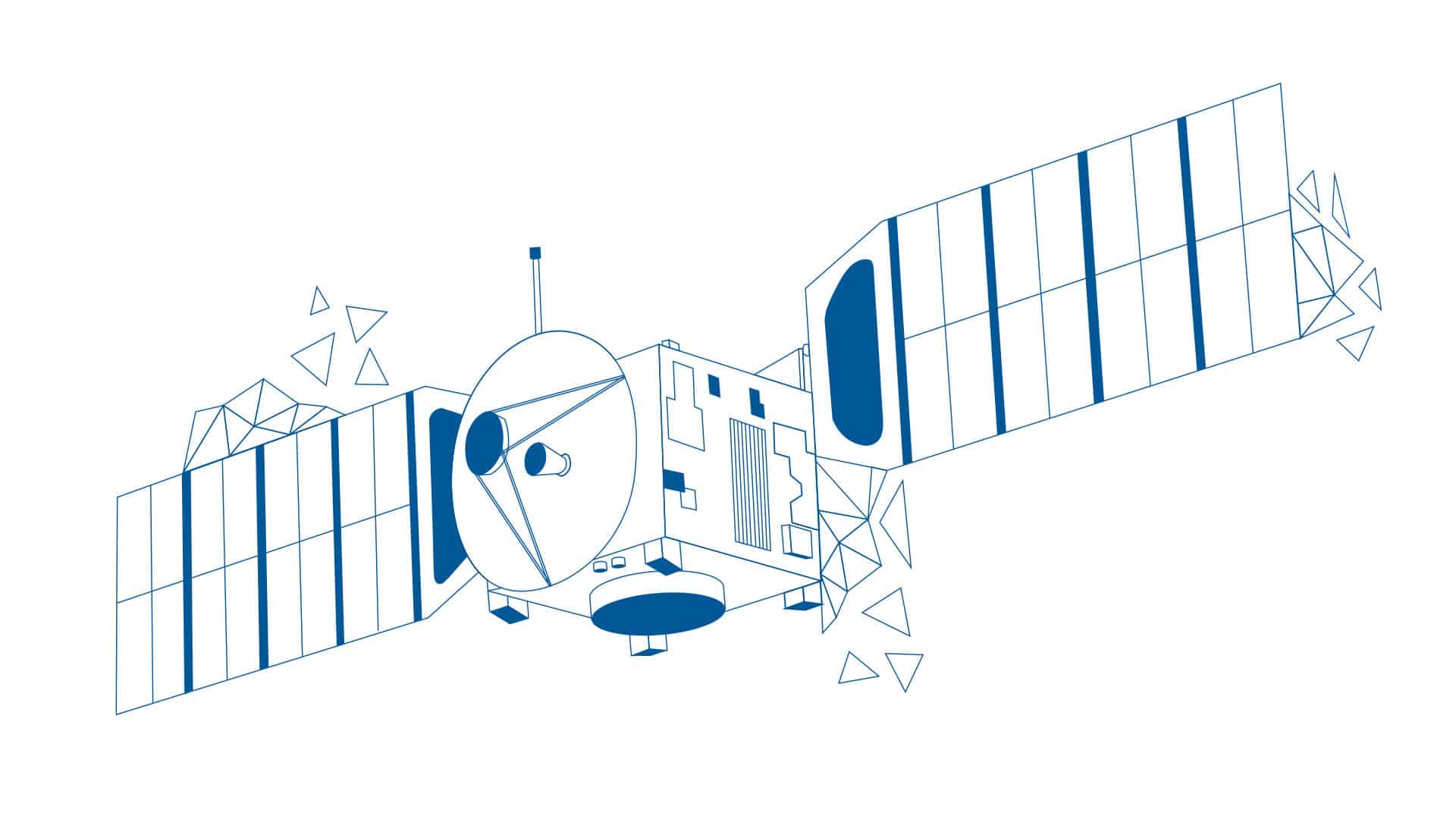SpaceWorks is back with the industry’s longest running small satellite forecast this week, jam-packed with fresh insights into the ever-changing small satellite market. In addition to the usual favorites, this year’s report also tackles the impact of vertical integration, what the future LEO economy looks like, and how Rocket Lab is making a name for itself in only their first year of operation.
Coming off an excellent performance in 2018, SpaceWorks analysts project between 294 – 393 nano/microsatellites will launch globally in 2019 – an increase of 18% over last year. Of the 262 spacecraft SpaceWorks predicted to launch in 2018, 253 actually launched, showing unprecedented forecasting accuracy (less than a 5% margin of error). A change in forecasting methodology combined with greater launch consistency and better execution on the behalf of small satellite operators enabled us to hit the nail on the head with our 2018 numbers.

For 2019, projections have been updated to reflect changes in commercial application trends, expected supply-side disruptions, and downstream demand. Looking forward, we expect the EO/RS segment to diversify, opening additional opportunities for growth. The communications sector, however, is expected to be the primary market driver in the near-term.
The 9th edition of the Nano/Microsatellite Forecast published by SpaceWorks investigates changing operator interests, new applications, and more. Take a look below for some of the biggest stories from the 2019 report:
Small Satellites, Long Journeys
Civil agencies have been historically hesitant to embrace small satellite technology for science-focused missions, however SpaceWorks research suggests attitudes are changing. In 2018 more satellites launched beyond LEO than in the entire last 5 years combined! Moving forward, the industry should expect to see more missions like NASA’s MarCO as civil agencies begin to embrace small satellite technology for more complex missions. Case Study #1 of the 2019 Forecast presents evidence of a dramatic leap in interplanetary satellites and the motivations behind the increase.
The Rise of IoT
As expected, 2018 was a record year for the emerging satellite internet-of-things market. Seven different commercial operators launched their first satellite(s) last year, and five of the seven launched more than one! Growth in this segment is surpassing even our initial predictions and promises to be a major driver of market growth in the future.
Military Disinterest
Okay, maybe not “disinterest” so much as “interest in other areas”. SpaceWorks 2019 operator trend analysis reveals that military operators are still slow to adopt nano/microsatellite technologies. It appears, however, that their lack of interest in the 1 – 50 kg range, has not stifled innovation in the 50 – 300 kg range. Military demand is expected to be more concentrated in this area where payload capabilities are higher until nano/microsatellite technology proves it can provide the same mission-critical results.
Inside Look
SpaceWorks is again including an exclusive look at questions answered through some of our other economic consulting engagements in 2018. Check out the final pages of the report to see insights regarding commercial space policy, ground station usage, and the future LEO economy.
Overall, the 2019 forecast remains optimistic for nano/microsatellites launches in the year ahead. 2018 saw an influx of new operators (some armed with significant capital), as well as a number of historic firsts (Rocket Lab, anyone?). Analysts’ confidence is high as maturing technology and enhanced capabilities continue to build downstream and demand and attract the attention of investors. Market performance in 2019 will depend largely on the ability of firms to deliver on their promises in a timely fashion and secure long-term customers.
Check out the SpaceWorks 2019 Nano/Microsatellite Forecast for full small satellite market trends and observations.

